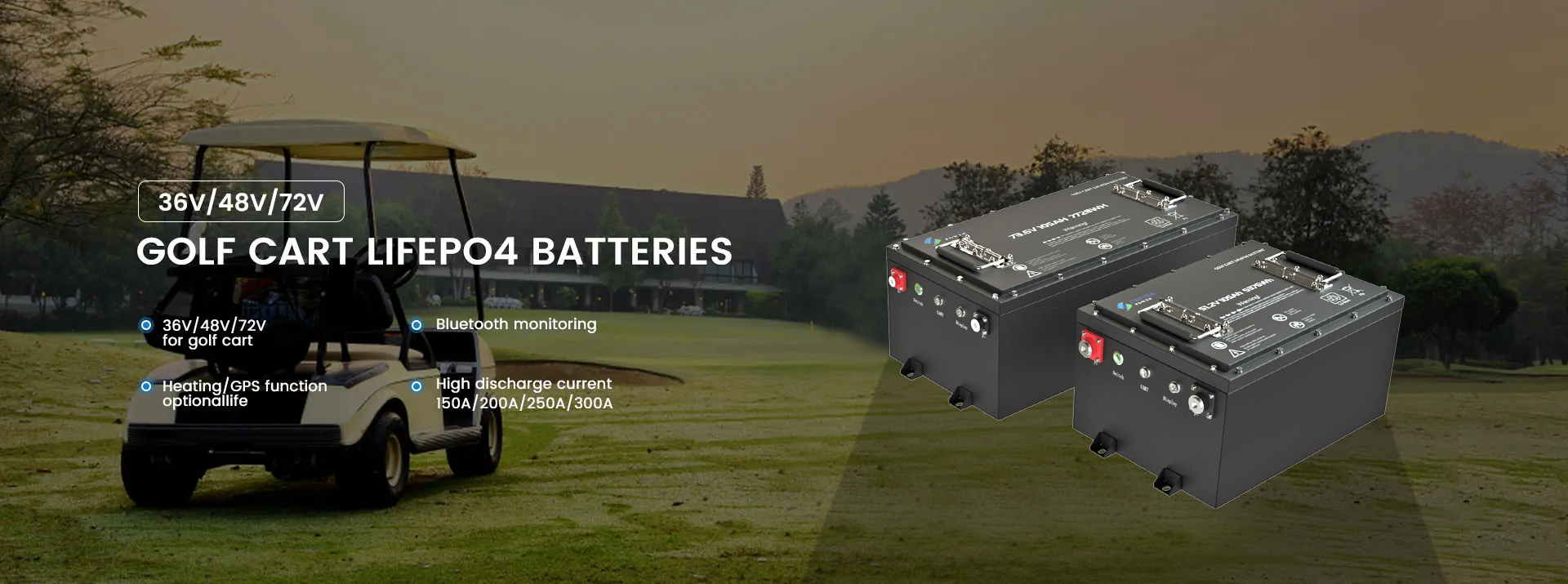Charging a marine battery properly is crucial for extending its life and ensuring reliable performance. Here’s a step-by-step guide on how to do it:
1. Choose the Right Charger
- Use a marine battery charger designed specifically for your battery type (AGM, Gel, Flooded, or LiFePO4).
- A smart charger with multi-stage charging (bulk, absorption, and float) is ideal as it automatically adjusts to the battery’s needs.
- Ensure the charger is compatible with the battery’s voltage (typically 12V or 24V for marine batteries).
2. Prepare for Charging
- Check Ventilation: Charge in a well-ventilated area, especially if you have a flooded or AGM battery, as they may emit gases during charging.
- Safety First: Wear safety gloves and goggles to protect yourself from battery acid or sparks.
- Turn Off Power: Turn off any power-consuming devices connected to the battery and disconnect the battery from the boat’s power system to prevent electrical issues.
3. Connect the Charger
- Connect the Positive Cable First: Attach the positive (red) charger clamp to the battery’s positive terminal.
- Then Connect the Negative Cable: Attach the negative (black) charger clamp to the battery’s negative terminal.
- Double-Check Connections: Ensure the clamps are secure to prevent sparking or slipping during charging.
4. Select Charging Settings
- Set the charger to the appropriate mode for your battery type if it has adjustable settings.
- For marine batteries, a slow or trickle charge (2-10 amps) is often best for longevity, though higher currents can be used if you’re short on time.
5. Begin Charging
- Turn on the charger and monitor the charging process, especially if it’s an older or manual charger.
- If using a smart charger, it will likely stop automatically once the battery is fully charged.
6. Disconnect the Charger
- Turn Off the Charger: Always turn off the charger before disconnecting to prevent sparking.
- Remove the Negative Clamp First: Then remove the positive clamp.
- Inspect the Battery: Check for any signs of corrosion, leaks, or swelling. Clean terminals if needed.
7. Store or Use the Battery
- If you’re not using the battery immediately, store it in a cool, dry place.
- For long-term storage, consider using a trickle charger or maintainer to keep it topped up without overcharging.

Post time: Nov-12-2024





